Postpartum Pelvic Pain Syndrome
Postpartum pelvic pain syndrome. At the same time special hormones are released to make your ligaments more pliable and elastic to allow your baby to travel through the birth canal. What you can do. Vaginal or perineal pain Tender or sore breasts Headaches Muscle soreness Back pain After pains contractions.
Neck stiffness jaw pain andor headaches. For some women the combination of extra weight and loose. Symptoms of Postpartum Pain Syndrome.
Weakening and possibly separation of the abdominal and pelvic floor muscles. Postpartum pelvic pain--the pelvic joint syndrome. In most patients the symptoms cease shortly after delivery.
They constitute the PJS group. The condition is called pelvic joint syndrome PJS 3. You may have heard of the common pains expected from delivering a precious little one such as.
They often stretch more easily during pregnancy and this can lead to pelvic girdle pain. We talk about some of the common but not normal symptoms that postpartum people experience including bladder urgency frequency and incontinence painful intercourse painful bowel movements constipation hemorrhoids fissures and UTI symptoms that wont go away. A follow-up study with special reference to diagnostic methods.
1Department of Rheumatology Herlev Hospital University of Copenhagen Herlev Denmark. Hansen A1 Jensen DV Larsen EC Wilken-Jensen C Kaae BE Frølich S Thomsen HS Hansen TM. However in 4 of the patients the symptoms persist for several months postpartum 1.
Peripartum pelvic pain is virtually absent and has no correlation with joint laxity. Peripartum pelvic pain PPPP syndrome can be described as pain developed during pregnancy in the symphysis sacro-iliacal joints SI os coccygis ossa pubis tubercula pubica and tubera ischiadica with.
Weakening and possibly separation of the abdominal and pelvic floor muscles.
Pain in the penis scrotum labia perineum or anorectal region. They often stretch more easily during pregnancy and this can lead to pelvic girdle pain. However in 4 of the patients the symptoms persist for several months postpartum 1. In rare cases postpartum pelvic pain can be due to nerve injury or entrapment from delivery causing pain or incontinence. Common Postpartum Pelvic Pain Symptoms Include. Make sure you attend all your postpartum visits with your medical practitioners and also watch your own symptoms of pain and incontinence. The 227 women with PGR 56 had pelvic pain for more than 4 months postpartum ie. Joint laxity also decreases with age 9 10 11. In order to match the PJS group 17 women diagnosed with PGR but without pelvic pain 2 months postpartum the ex-positive.
Your doctor may call it a separated pubic symphysis or postpartum pubic symphysis diastasis. Peripartum pelvic pain PPPP syndrome can be described as pain developed during pregnancy in the symphysis sacro-iliacal joints SI os coccygis ossa pubis tubercula pubica and tubera ischiadica with. Anuncio Atenderse a tiempo podría evitar una Cirugía. A follow-up study with special reference to diagnostic methods. Peripartum pelvic pain is virtually absent and has no correlation with joint laxity. In order to match the PJS group 17 women diagnosed with PGR but without pelvic pain 2 months postpartum the ex-positive. Symptoms of Postpartum Pain Syndrome.
/pubic-bone-pain-in-pregnancy-2760034_V2-39e62b3218974d90b219160d1ab503d1.png)



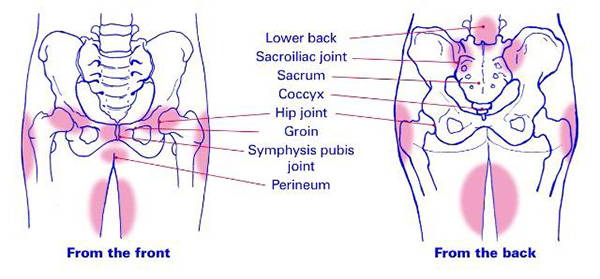

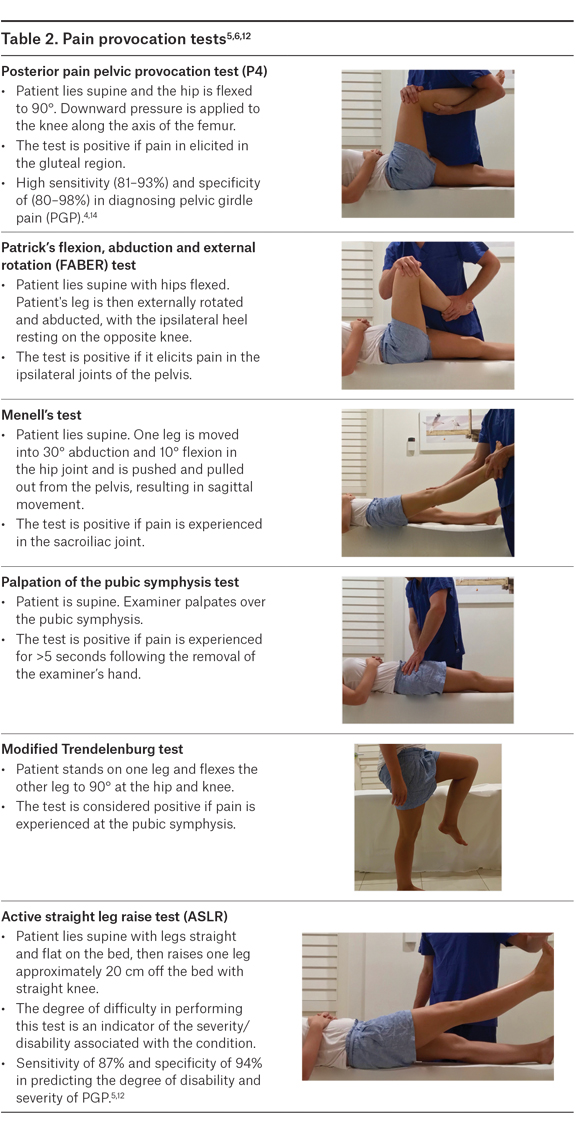.jpg.aspx)


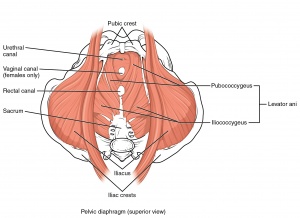
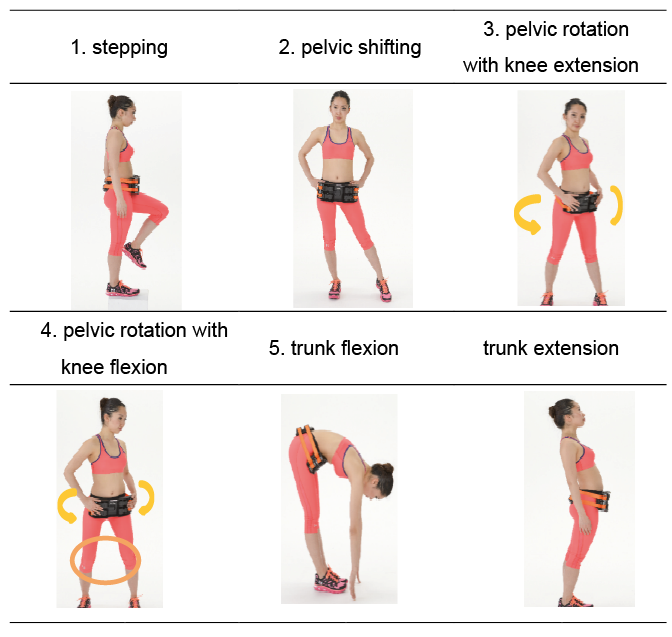
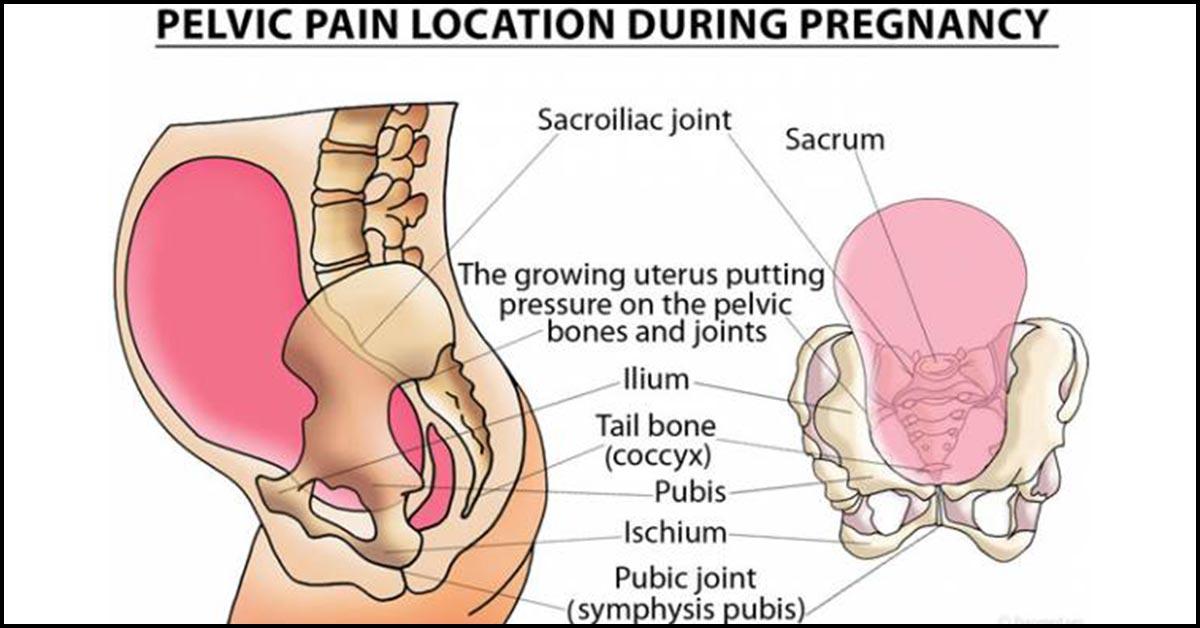



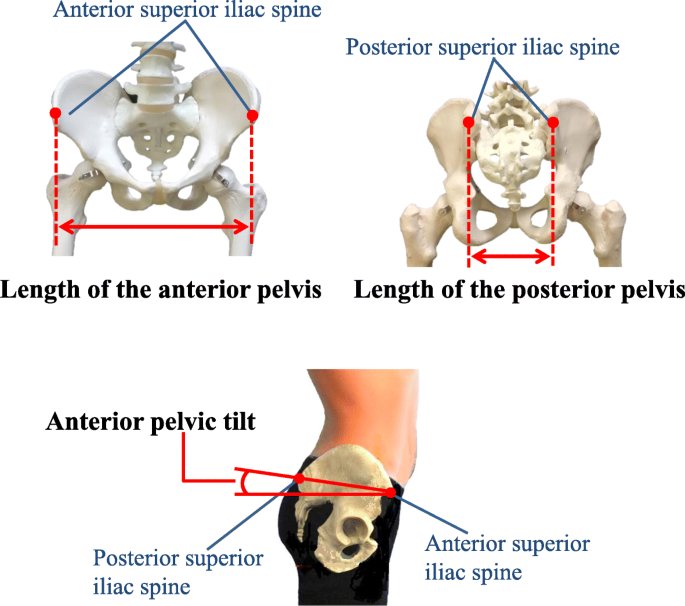
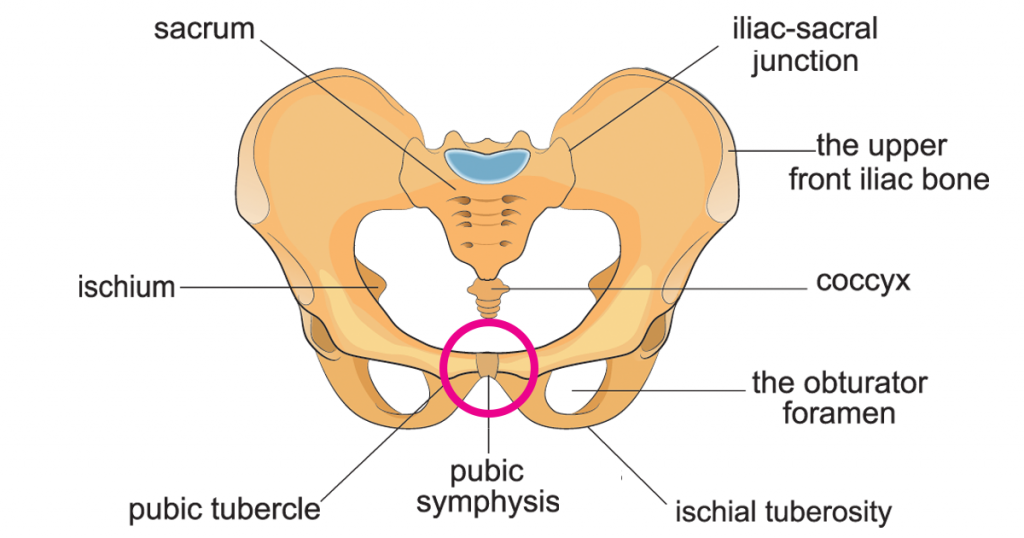



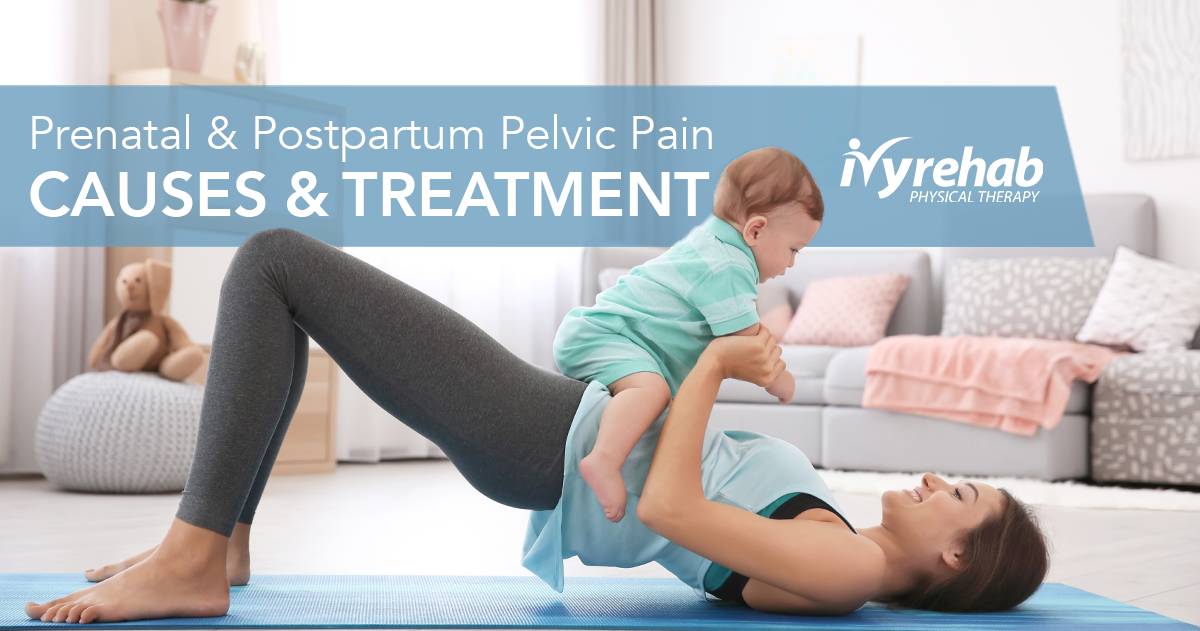
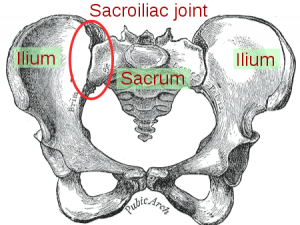










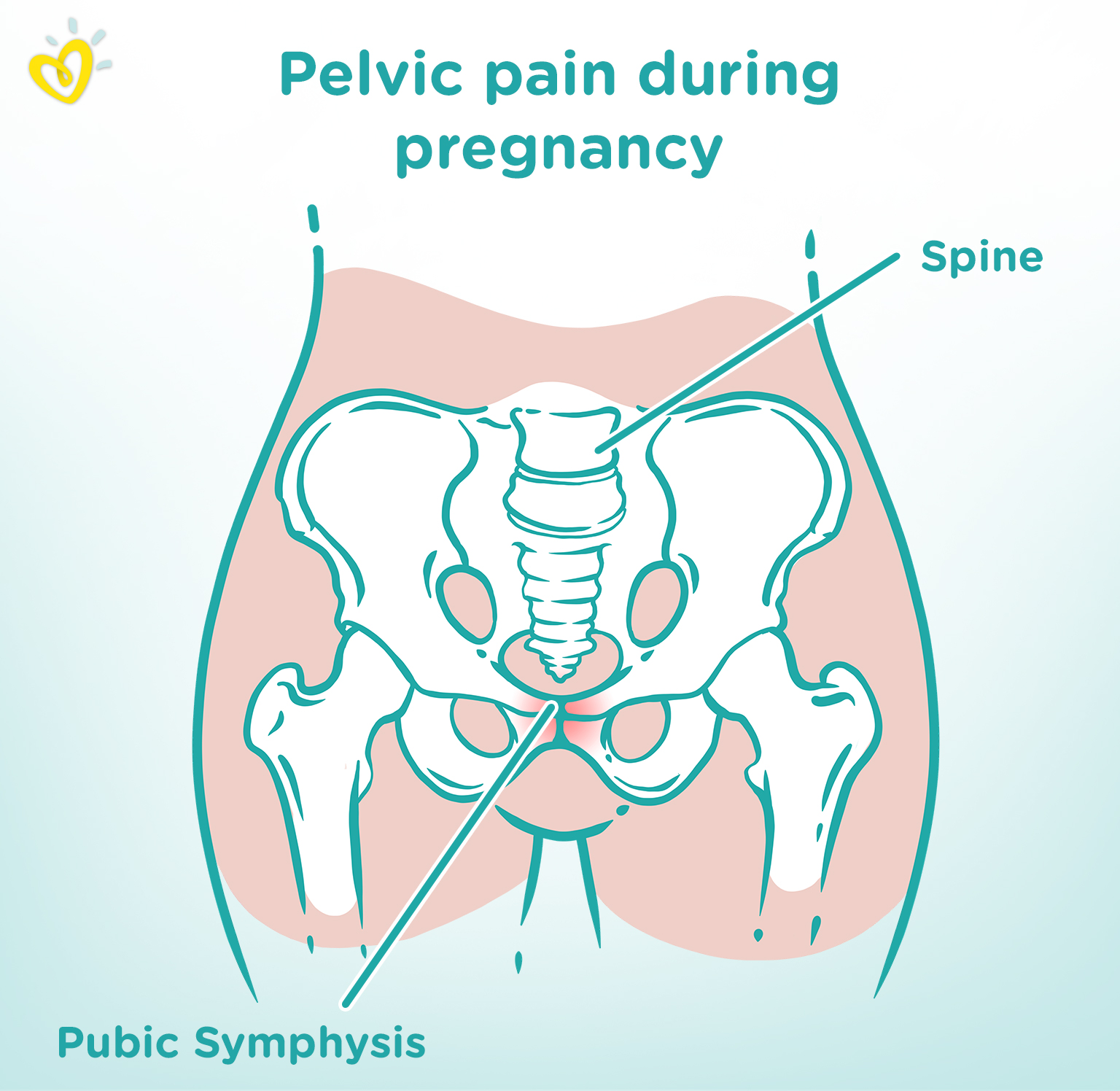



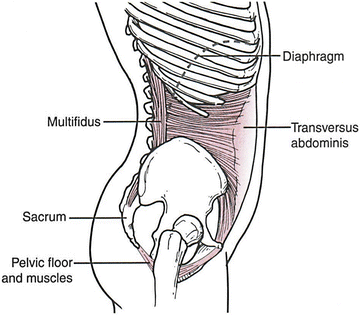

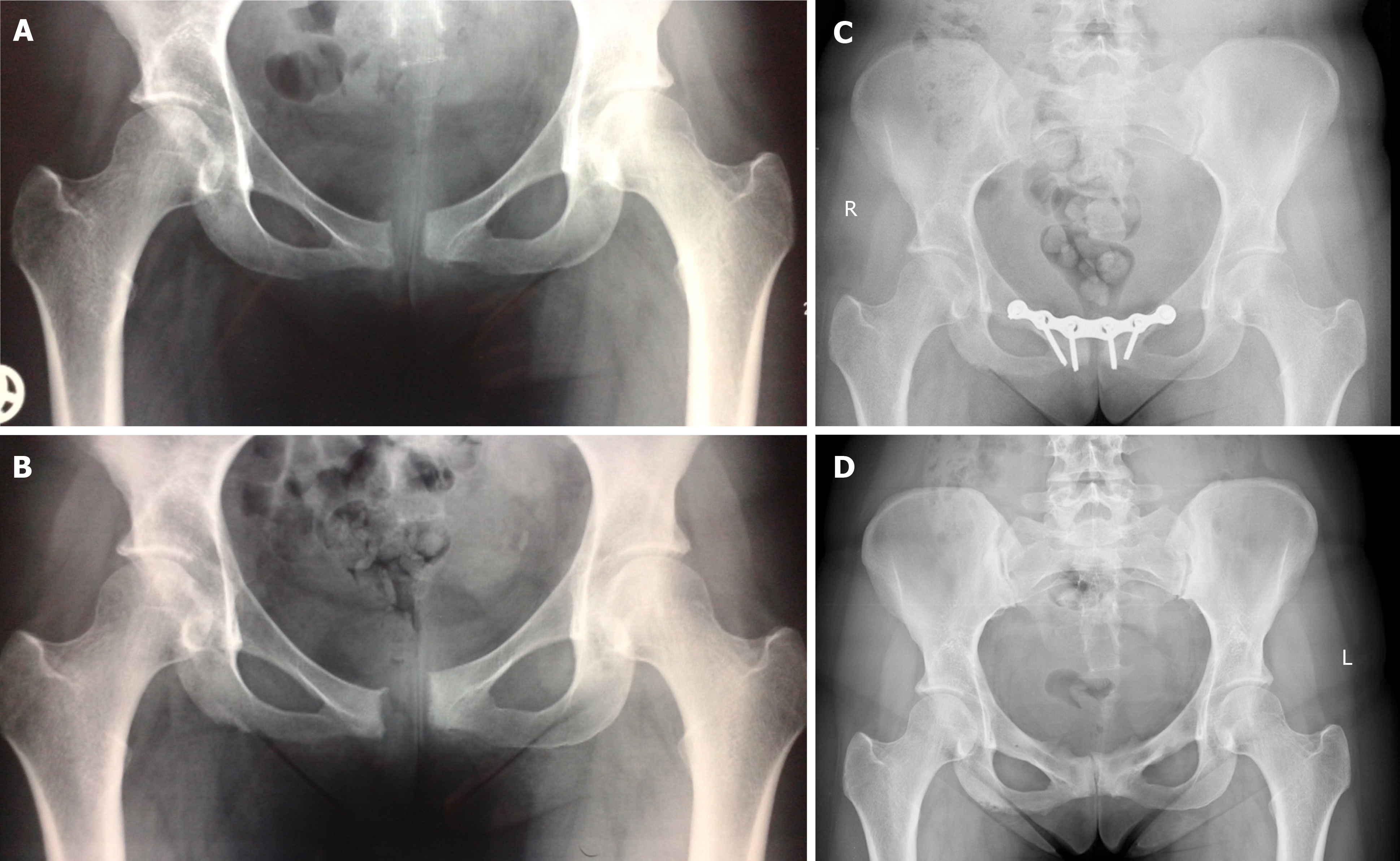


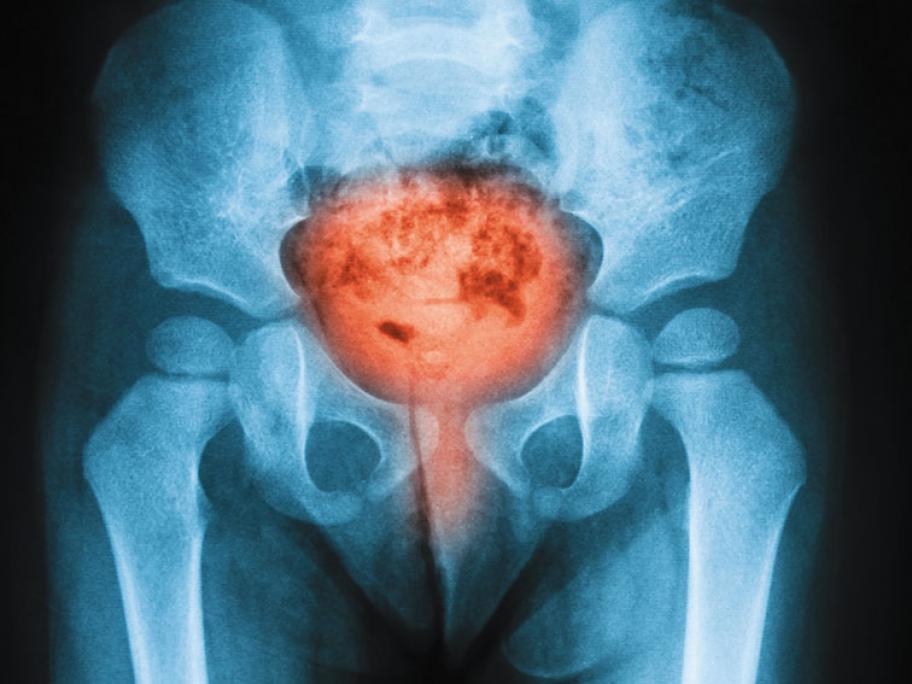
Post a Comment for "Postpartum Pelvic Pain Syndrome"